
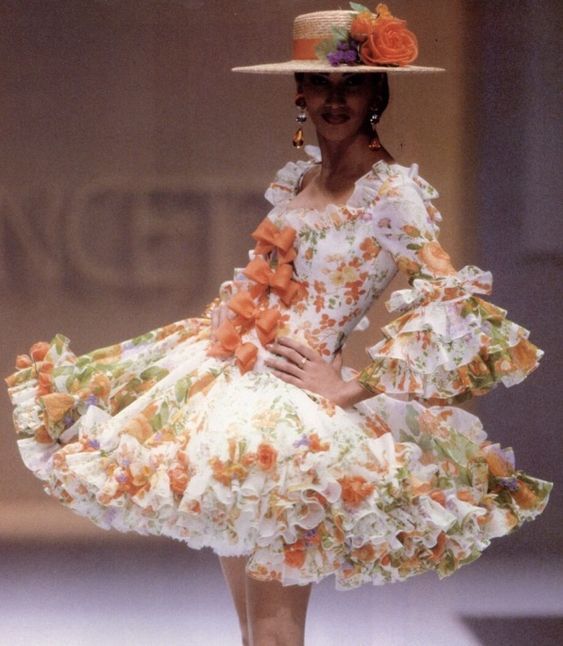






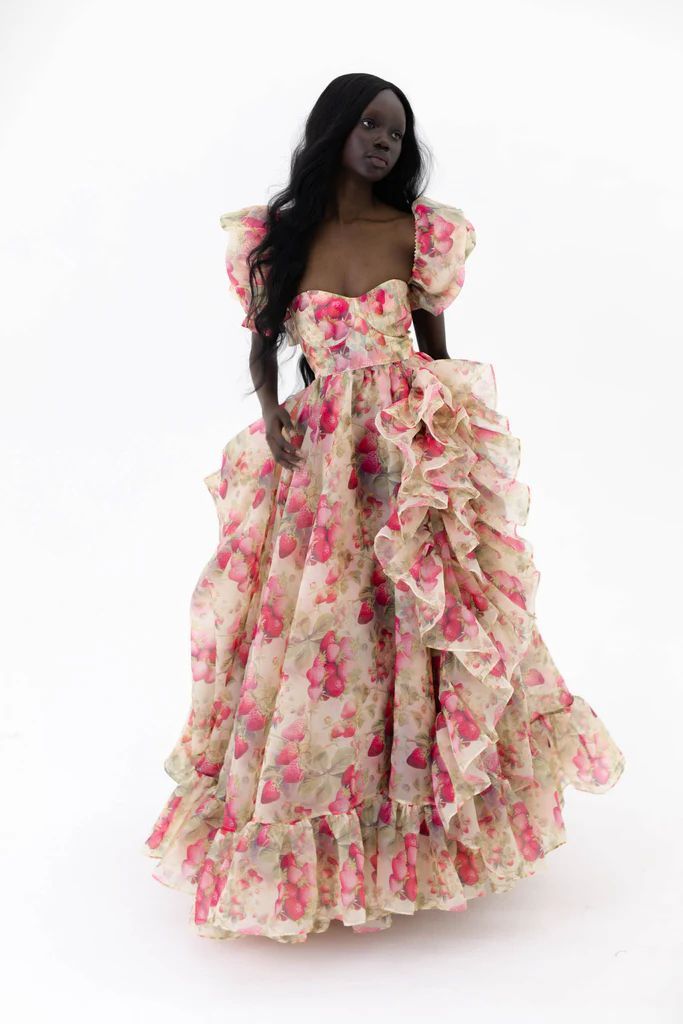
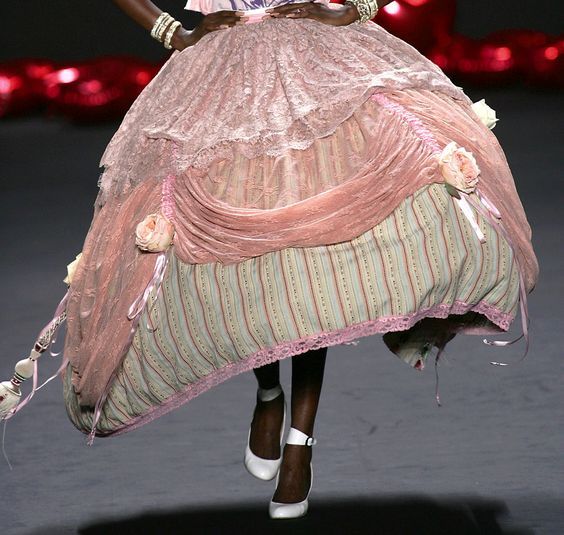
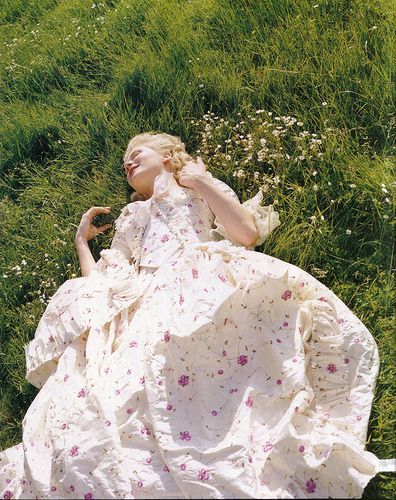






*
One of my all time favourite novels is Natsume Soseki’s “The Three-Cornered World” originally published in 1906. It is an oasis of calmness, wisdom and meditative thoughts on nature and art. The story is told in the first person by the main character, a nameless thirty-year old artist, a poet and a painter, who one day sets out on a journey to the mountains, in search of Beauty and the true meaning of art. I already wrote a book review for this novel and also a post about the Beauty in every day life in relation to the narrator’s thoughts, but today, on this wonderful, warm, green April afternoon, I wanted to share a passage from the first chapter in which the narrator speaks of the beauties of spring, seeing the world from the poet’s point of view, sadness and sensitivity as related to being a poet. I also love the point that detaching yourself from the situation makes you see the true Beauty of it, if you observe your life from a detached point of view, it turns into a poetic experience, I do this all the time and it’s wonderful. And to accompany this spring mood, a few lovely paintings by Renoir.
 Scene from Marie Antoinette (2006)
Scene from Marie Antoinette (2006)
“Spring makes one drowsy. The cat forgets to chase the mouse; humans forget that they owe money. At times the presence of the soul itself is forgotten, and one sinks into a deep haze. But when I behold that distant field of mustard blossom, my eyes spring awake. When I hear the skylark’s voice, my soul grows clear and vivid within me. It is with its whole soul that the skylark sings, not merely with its throat. Surely there’s no expression of the soul’s motion in voice more vivacious and spirited than this. Ah, joy! And to think these thoughts, to taste this joy – this is poetry.“
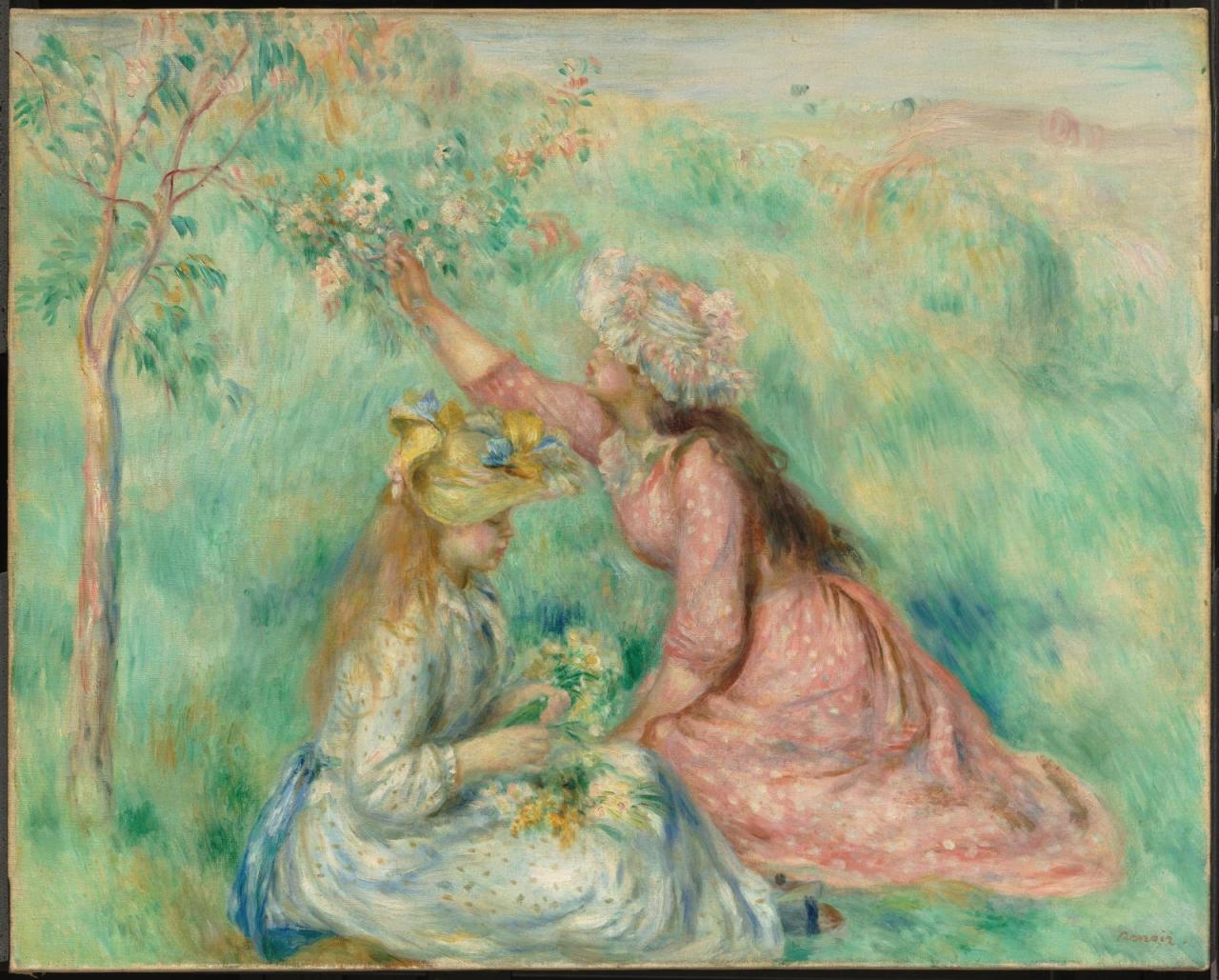
Renoir, Girls Picking Flowers in a Meadow, about 1890
“Shelley’s poem about the skylark immediately leaps to my mind. I try reciting it to myself, but I can remember only two or three verses. One of them goes
“We look before and after
And pine for what is not:
Our sincerest laughter
With some pain is fraught;
Our sweetest songs are those that tell of saddest thought.”
Yes indeed, no matter how joyful the poet may be, he cannot hope to sing his joy as the skylark does, with such passionate wholeheartedness, oblivious to all thought of before and after. In Chinese poetry one often finds suffering expressed as, for instance, “a hundredweight of sorrows,” and similar expressions can be seen in Western poetry too of course, but for the non-poet, the poet’s hundredweight may well be a mere dram or so. It strikes me now that poets are great sufferers; they seem to have more than double the nervous sensitivity of the average person. They may experience exceptional joys, but their sorrows too are boundless. This being the case, it’s worth thinking twice before you become a poet….
Sorrows may be the poet’s unavoidable dark companion, but the spirit with which he listens to the skylark’s song holds not one jot of suffering. At the sight of the mustard blossoms too, the heart simply dances with delight. Likewise with dandelions, or cherry blossoms—but now I suddenly realize that in fact the cherries have disappeared from sight. Yes, here among these mountains, in immediate contact with the phenomena of the natural world, everything I see and hear is intriguing for me. No special suffering can arise from simply being beguiled like this—at worst, surely, it is tired legs and the fact that I can’t eat fine food.”
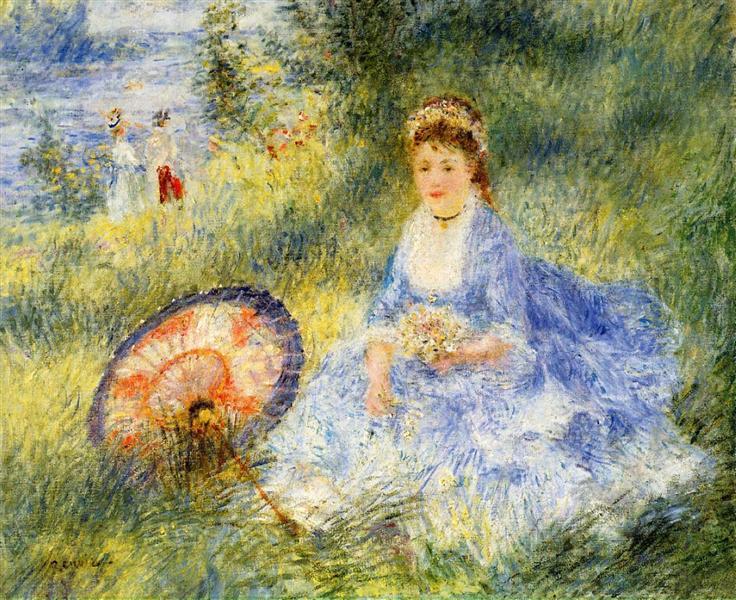
Renoir, Young Woman with a Japanese Umbrella, 1876
“But why is there no suffering here? Simply because I see this scenery as a picture; I read it as a set of poems. Seeing it thus, as painting or poetry, I have no desire to acquire the land and cultivate it, or to put a railway through it and make a profit. This scenery—scenery that adds nothing to the belly or the pocket—fills the heart with pleasure simply as scenery, and this is surely why there is neither suffering nor anxiety in the experience. This is why the power of nature is precious to us. Nature instantly forges the spirit to a pristine purity and elevates it to the realm of pure poetry. Love may be beautiful, filial piety may be a splendid thing, loyalty and patriotism may all be very fine. But when you yourself are in one of these positions, you find yourself sucked into the maelstrom of the situation’s complex pros and cons—blind to any beauty or fineness, you cannot perceive where the poetry of the situation may lie.
To grasp this, you must put yourself in the disinterested position of an outside observer, who has the leisurely perspective to be able to comprehend it. A play is interesting, a novel is appealing, precisely because you are a third-person observer of the drama. The person whose interest is engaged by a play or novel has left self-interest temporarily behind. For the space of time that he reads or watches, he is himself a poet.”

Pierre-Auguste Renoir, Girls in the Grass Arranging a Bouquet, 1890
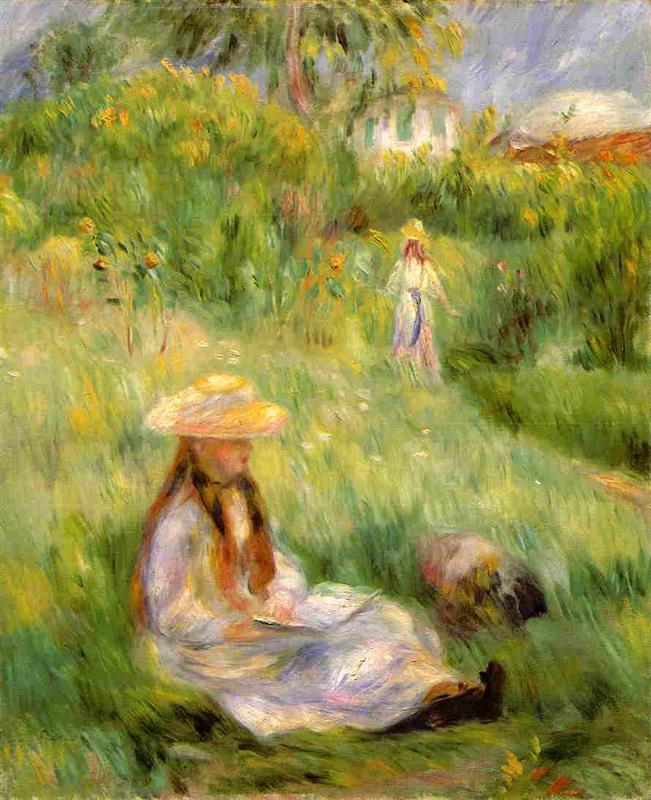
Pierre-Auguste Renoir, Young Girl in the Garden at Mezy, 1891
This is my list of the nine most memorable costumed movies. If I had put the tenth movie on the list it would be a mere flattery for I am very critical when it comes to costumes in movies. However, these movies proved to have amazing costumes worthy of being on the list.
1. Jane Eyre (2011.)
I love the gothic and gloomy atmosphere of the movie, and costumes give the same impression. 1840s are my favourite decade of Victorian fashion so you must not be surprised that I relished looking at these somber coloured dresses, nice hairstyles and pretty bonnets.
2. Gone with the wind (1939.)
Gone with the wind is a classic I’ve watched numerous times and I don’t really need to say why I love the costumes, just look at those frilled silk dresses in vivid colours, Southern belles in crinolines. Surprisingly for old-Hollywood movies, costumes are not too theatrical.
3. Marie Antoinette (2006.)
This movie is an eye candy, and though the screenplay is not particularly interesting or accurate, dresses are indeed lavishing. They’re not over-the-top or overly decorated, and you can see how the fashion changes throughout Marie Antoinette’s years at Versailles.
4. Sense and sensibility (1995.)
Although I’m not crazy about Regency fashion, I love the movie, the book, the characters and everything about it and costumes remind me of Directoire 1790s fashion which I am fond of because it looks like a transition between what would Marie Antoinette wear and Regency fashion.
5. Les adieux a la rein (2012.)
When a watched this movies I felt like I’m watching something what really happened on 14. July 1789, it’s so accurate and interesting and everything is seen through Sidonie’s eyes. Though Duchess de Polignac wears an awful green dress which is unforgivable, all the other costumes are really beautiful and realistic.
6. Wuthering Heights (1992.)
This is by far the best adaptation of Wuthering Heights; Ralph Fiennes and Juliette Binoche are perfect in roles of Heathcliff and Cathy, the costumes are accurate and you can really see the difference what Cathy wears at home compared to more elegant dresses she wears at Thrushcross Grange.
7. Young Victoria (2009.)
In this movies it’s interesting to see what the Queen would be wearing in her early years of reign (it also shown the transition from 1830s to 1840s fashion) because she was once young too.
8. The Duchess (2008.)
This movie is not my particular favourite when it comes to screenplay, but the costumes are very nice indeed. It’s interesting to see the differences of Marie Antoinette’s and Georgiana’s wardrobe.
9. Sweeney Todd (2007)
And finally Sweeney Todd; the movie I was in love with for years. All the costumes are so dark, gothic and so Tim Burton, but they don’t follow any specific decade of Victorian fashion. Though many of the dresses resemble 1840s style (another plus).
Of course, this is just my opinion, I’m sure there are many other nicely costumed movies such as Barry Lyndon and Marie Antoinette (1938).